No matter where you find them, tanagers are stars of the show. Of the millions of migrating birds starting to flood across North America this spring, delighting waiting humans with their songs, their colours, their vivid life and energy, there’s one that always stands out, draws the most oohs and ahhs from winter-weary humans. A brilliant male scarlet tanager perched atop a budding tree, glowing iridescent in the morning sun while singing his “hoarse robin” song. High point of spring migration for anyone lucky enough to be there.
But just as feisty ruby-throated hummingbirds venture north to nest throughout the eastern half of the continent, leaving many other glittering hummers behind in tropical climes, scarlet tanagers do, too. So if you want to get to know these other wonders of the avian world, fellow tanager species, you have to go find them.
Back in the days of exploration and bird classification in the Americas—one good thing emerging from tragic colonial times--ornithologists came up with 240 brightly coloured, fruit-eating songbirds they called tanagers, from a word in Tupi, a pre-Colombian language spoken on the coast of Brazil, now lost. Fast-forward a few hundred years to DNA sequencing, and they’re been shuffling the deck, sorting, adding and subtracting, so that currently the Thraupidae family includes 392 species that eat fruits, nectar, flowers, seeds and insects. Tanagers make up 12% of all neotropical birds, with 60% of them in South America, 30% in the Andes.
So bright and beautiful! Golds and oranges, pearls and opals, reds, greens, turquoise, indigo—whose idea was it to evolve such incredible plumages in the forests of tropical America? One can’t help but melt inside, watching such glorious birds flit about in fruiting and flowering trees, or better yet, show off at feeders stocked with mangoes and bananas. Like starlings in Africa and sunbirds throughout the Old World, feathers of many glitter in sunlight—the closest we’ll ever come to viewing ultraviolet?
Dennis and I were delighted by how many tanagers we saw on our south Colombia adventure this February, some 80 species in total, 22 of them lifers for both of us. Too many to write about, except for one. Despite its name, scarlet-breasted dacnis is in the tanager family. How could it not be, with its vibrant blue head and wings, golden eye, red breast and sunny yellow underparts? Rare and restricted, it inhabits Pacific lowlands in the northwest corner of Ecuador, its range just edging into Colombia.
I was thrilled when Manuel Espejo, our Manikin Tours birding guide, said we might have a chance to see one. Thrilled when we turned off the highway to Tumaco and the coast, and drove some 20 km south through dreadful oil palm plantations to the forested Rio Mateje. Thrilled when we climbed out of the van, walked out onto the bridge and started birding.
The river happens to form the border. Halfway across the bridge, you’re in Ecuador. While practically all my hardcore birding friends have visited that incredibly bird-rich country—neck-and-neck with Colombia, which has the most of any in the world—I never had.
My life list of countries I’ve been to means almost as much to me as my life list of birds. So this was a two-fer—scarlet-breasted dacnis and Ecuador in one fell swoop. I spent the whole hour we were birding there walking back and forth across the bridge, grinning and trying not to cry.




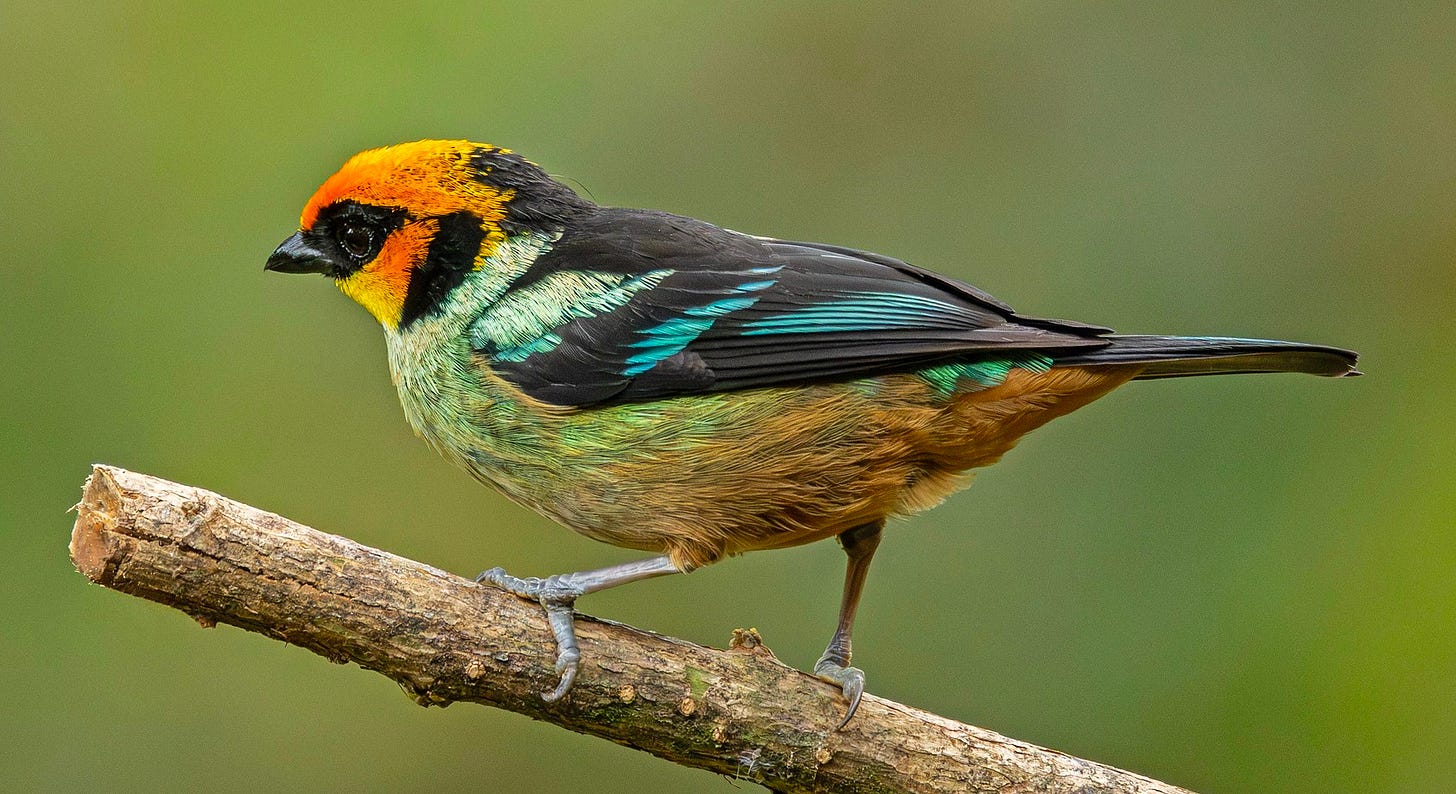
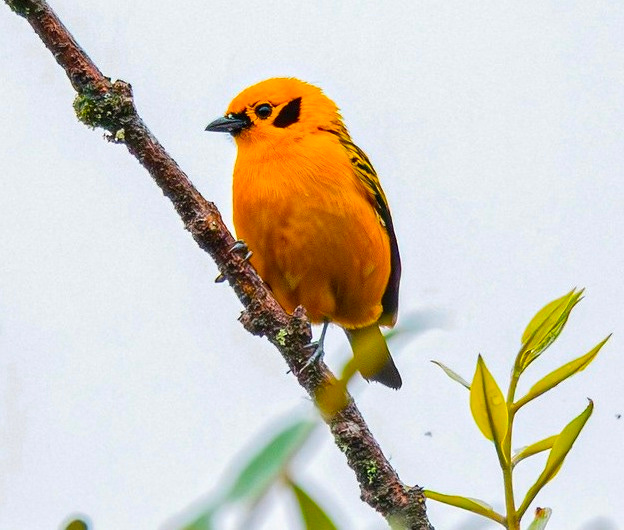
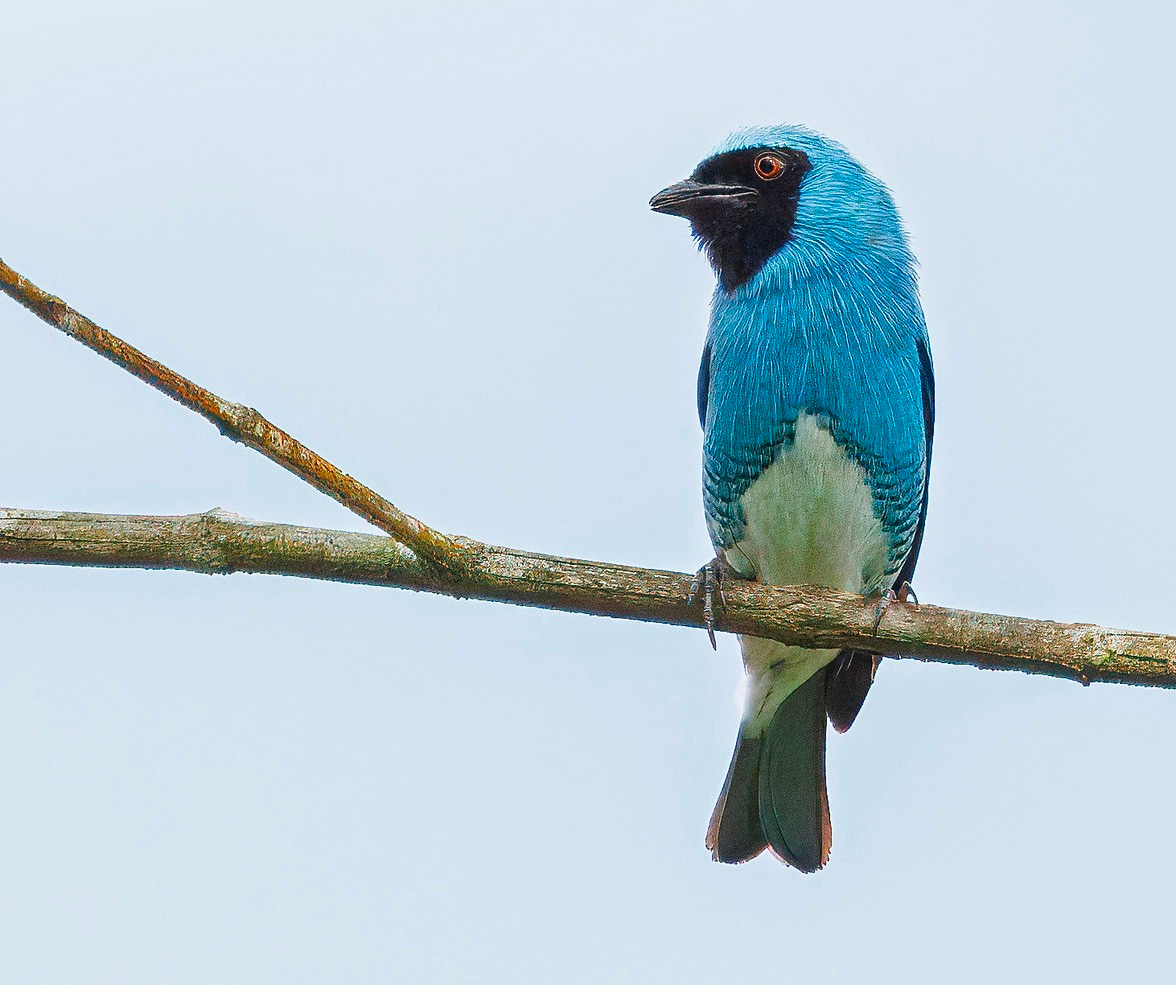
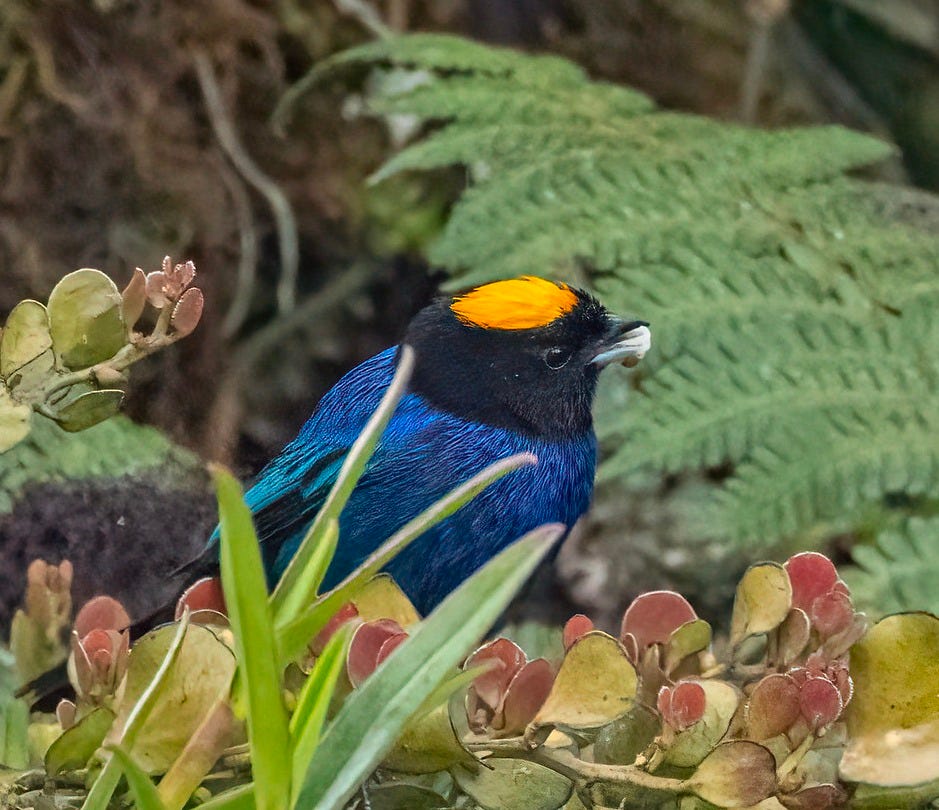

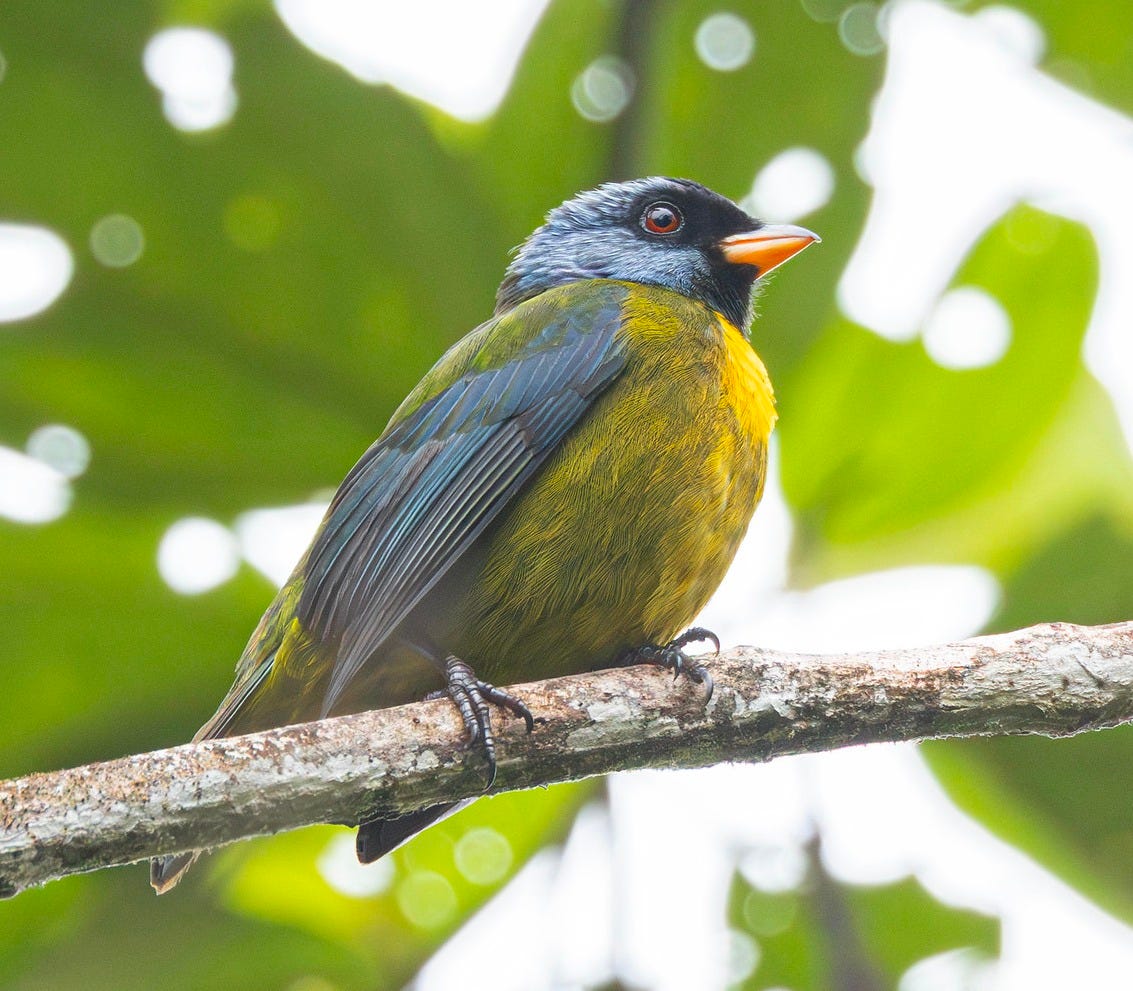
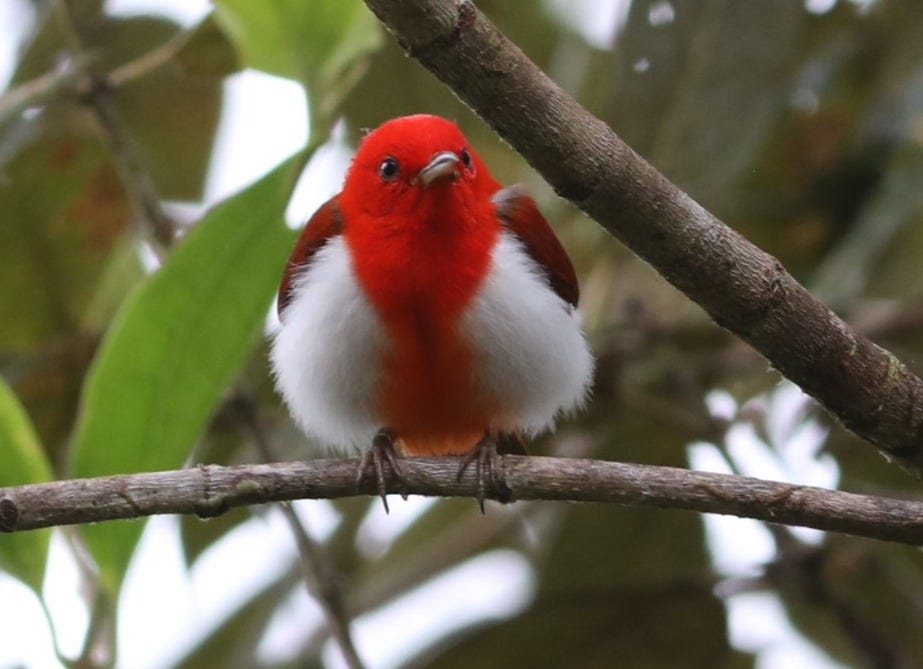


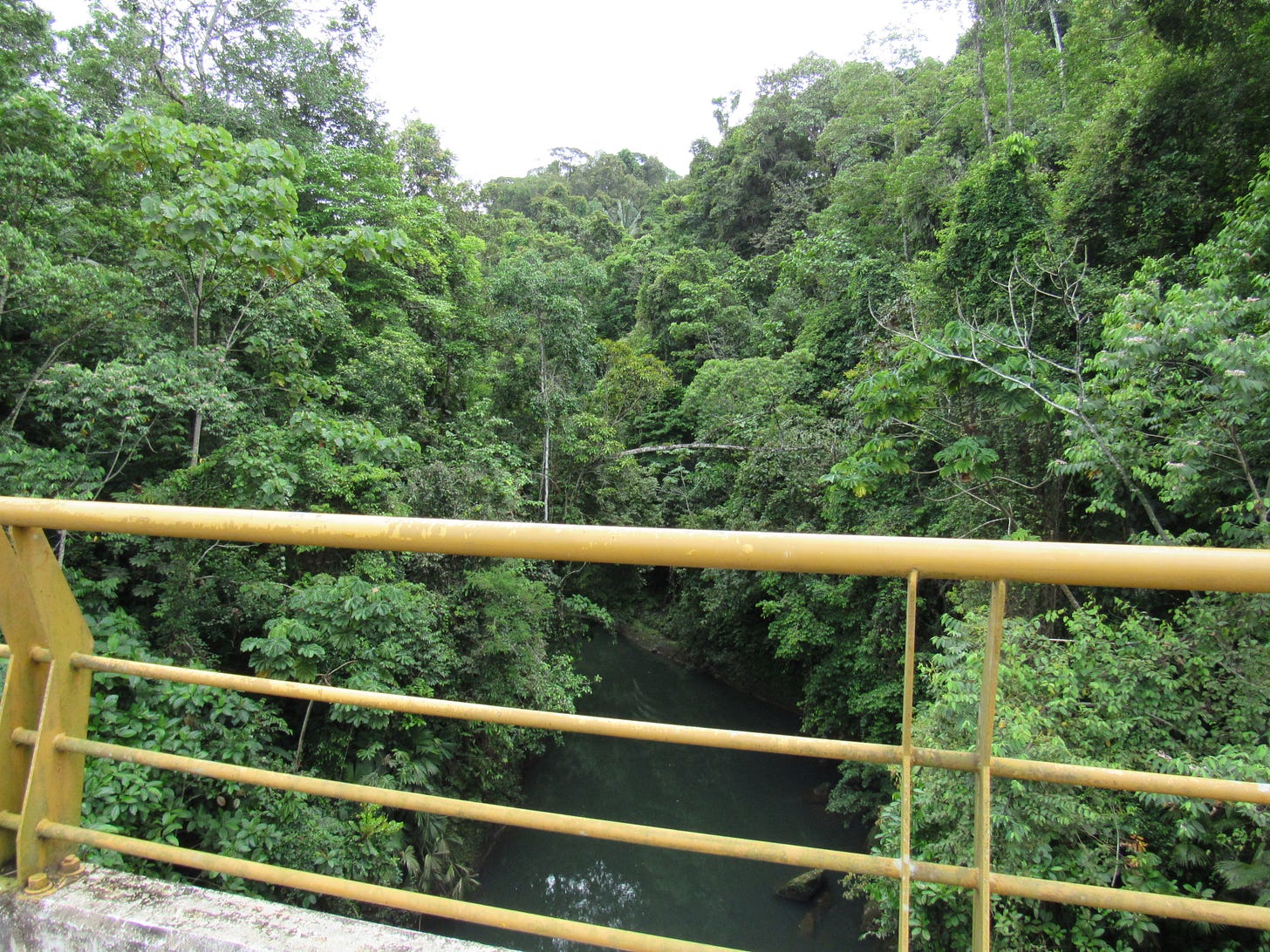
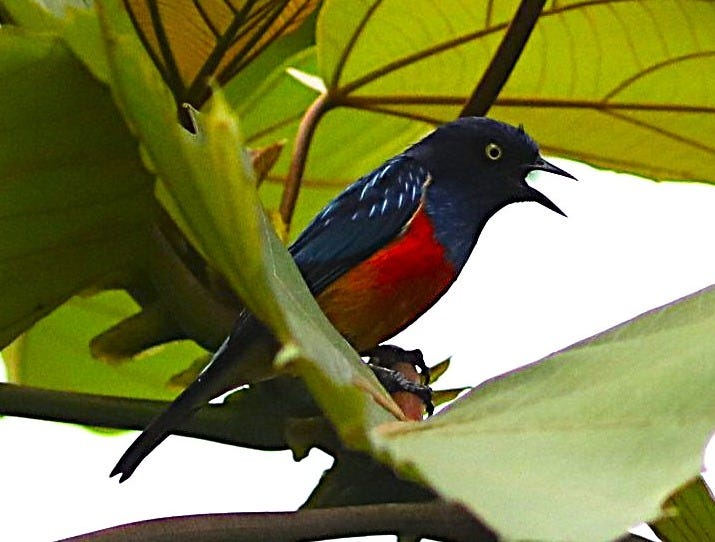
Stunning birds! Thank you! ❤️
So glad you had such a wonderful birding trip. Thanks for those awesome photos.